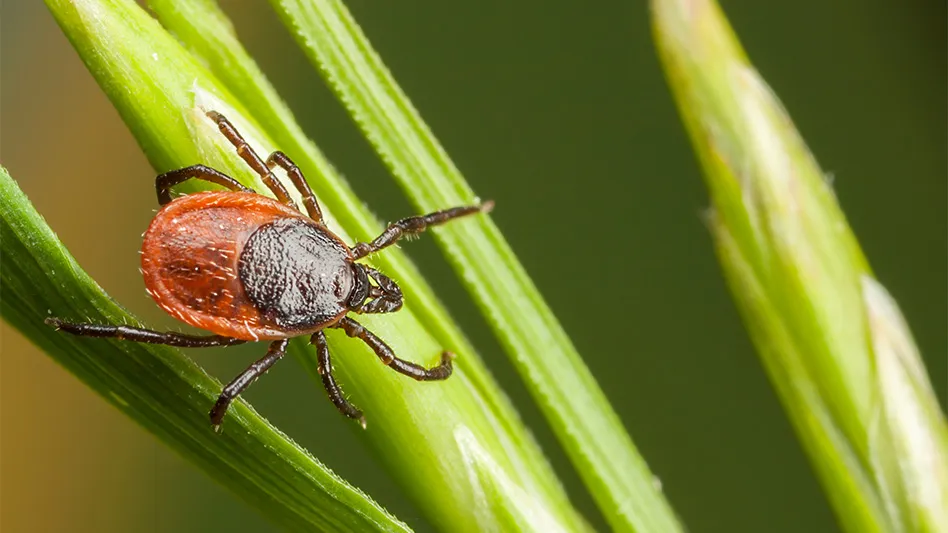
Botanical products represent a treatment option for technicians who provide cockroach control. Often, botanical treatments are most common among those customers seeking natural or organic solutions rather than traditional product options.
Botanicals are derived from plants. The most familiar types to the pest management industry are pyrethrum and rotenone, according to the Mallis Handbook of Pest Control. Mallis states that aerosols and ultra low-volume sprays (ULV) are the most common formulations of pyrethrins used by pest professionals for cockroach control. Pyrethrins stimulate cockroaches to move and are effective in flushing pests from harborages.
Great for Flushing. Zach Smith, owner of Smith’s Pest Management based in San Jose, Calif., says while many of his customers request traditional chemical treatments, he augments that work by using botanicals to get cockroaches from hard-to-reach areas.
“They’re good for tight spaces because you can flush them out. (Botanicals) are exciting chemistry,” Smith says. “I do that, and they come running and you can vacuum them up. What you’re doing is making those harborage areas inhospitable for a period of time.
“Then they find baits and repellents and there’s also a lot of cannibalism so if they are eating their young, they’ll consume that as well. Flushing is such a big part of roach control.”
Botanical Questions. Some PMPs still don’t understand the effectiveness of botanicals, says Chad Highly, BA, A.C.E, owner of Environmental Pest Control of Lawton, Okla. “Botanical pesticides for cockroach control are still a mystery to many in this field,” he says. “We have seen the most success in our limited experience fighting roaches with botanicals in the form of dusts in cracks and crevices. Beyond that, our experience has shown the botanicals we have used were not effective in controlling German cockroaches, specifically, long term. We also have an account that requires botanical pesticide usage that has recently shown the re-infestation of American roaches. Our approach to correcting this problem will be to utilize a residual fogger in the void between the first and second floors of the historic building.”
Shorter Residual. Length of residual and overall performance are two reasons botanicals are not an apples-to-apples comparison to synthetics, says Kevin Hathorne, technical director of Terminix Columbia, S.C. “Botanical insecticides are historically known not to have a long residual life and seem to be more effective when the insect is treated directly. However, botanicals are starting to make strides in improving their residual action and effectiveness. For cockroach control, botanicals can be used for direct contact treatment and flushing from harborages. Using a variety of other methods (such as vacuuming and monitor devices) and products (such as baits and IGRs), with botanicals or any product used, will help facilitate the effectiveness of a cockroach control program.”
Latest from Pest Control Technology
- Ground Control
- Scientists, PMPs Collaborating to Map Termite Distribution in Southern U.S.
- Viking Pest Control Organizes a Charity Bike Build for Local Families
- Gaining Control of Structure-Infesting Carpenter Ants
- Big Blue Bug’s Brian Goldman Receives Rhode Island Small Business Person of the Year Award
- UF Researchers Examine How Much Bait it Takes to Eliminate a Subterranean Termite Colony
- Women in Pest Control Group Continues to Grow, Provide Opportunities in the Industry
- NPMA Announces Results of 2024-2025 Board of Directors Election





